Archaeological Sealed Sites and River Deposits : Is it an Archaeological Site or Not? - Part 3
Sealed Sites (Deposits)
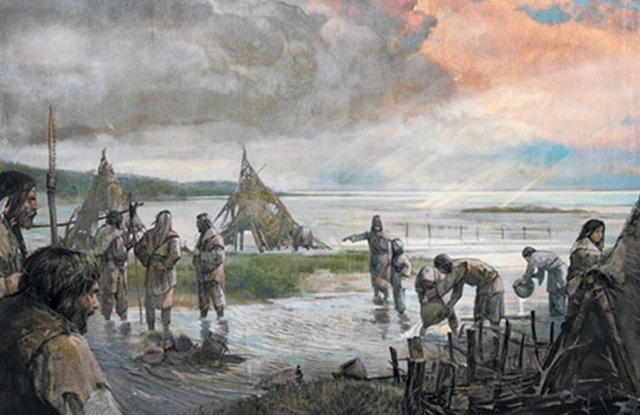
Because the surface type of site usually presents all kinds of problems, archaeologists are constantly searching for places where stone implements and other artefacts and ecofacts are found in sealed deposits, that is deposits in which the layers of ground that originally covered the implements have not been removed by erosion at a later stage.
Such a deposit may consist of a single layer or of different layers containing stone implements.
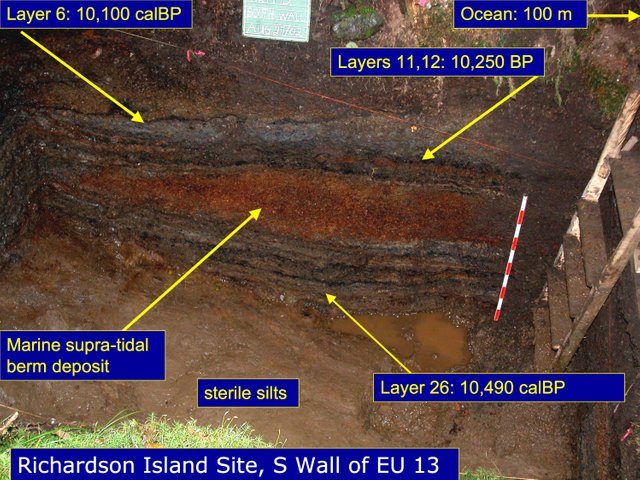
These deposits originated in the following way: A group of people would settled for a time in the vicinity of water with the intention of hunting there. After a time they would move away, leaving their stone implements and refuse heaps behind. Then firstly their abode would be covered by blown sand, and the refuse would form a layer which contained traces of human habitation. At a later stage, the same place might might have been inhabited either by people belonging to the same group of people who possessed totally different types of stone implements and who practiced different crafts. If in the meantime the climatic conditions had changed, different species of animals would have been hunted. Thus we might find a second layer above the first and resembling it, or we might find a layer containing totally different types of implements and also different associated finds, such as bones. This cycle might be repeated several times, with the result that ideally we might find a deposit with different cultural layers,separated by the sterile layers (ie: layers which do not contain any cultural objects).
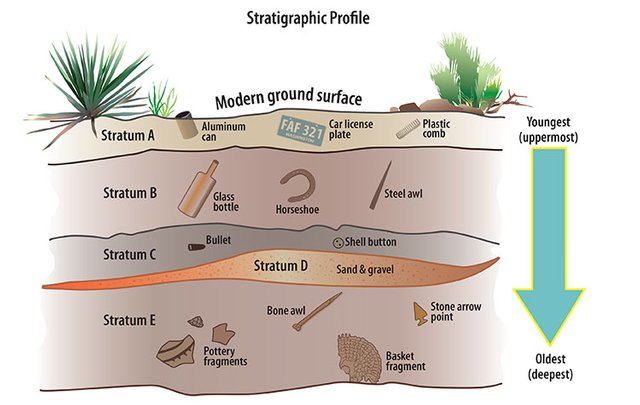
Thus stratification of a deposit tells us which are the relatively older layers and which layers have been formed more recently. On this basis we can now compare the relevant groups of implements with one another. Furthermore, the associated finds (such as bones) and the nature of the sterile layers give us some idea of the natural environment and the climatic conditions that prevailed.
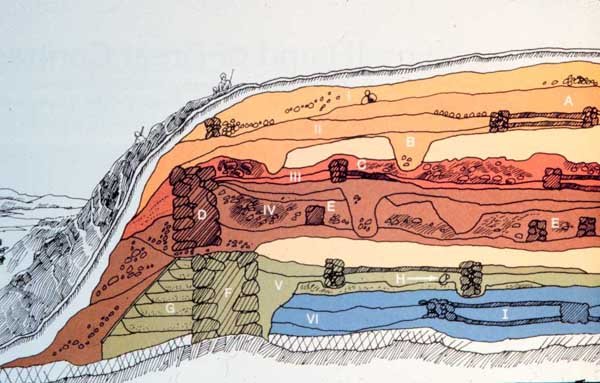
Because deposits may be disturbed by water action, burrowing of animals, or by other means, the stratigraphy of places where this might happen should be studied very closely. Particular care should be taken with sites situated beside rivers where erosion is severe and where whole deposits may sometimes be displaced by the undermining force of the water and so be mixed.
River Deposits
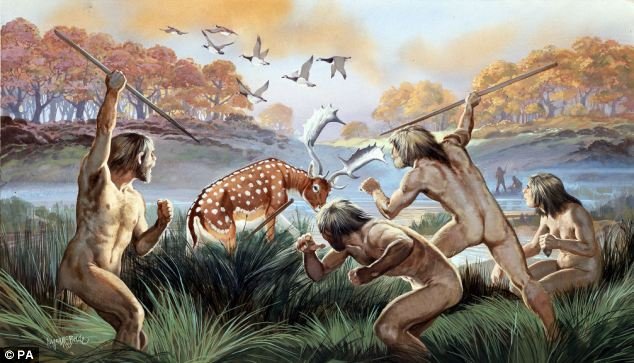
In prehistoric times it was customary for humans to live near rivers where they were able to obtain food and water without much difficulty - the food by means of hunting and fishing. This fact is proven by the larger number of sites found of sites found on the banks of, or close to, rivers. These deposits are of great importance for the following reasons:

The bed of a river is constantly changing through erosion. The changes can be studied geologically and constitute what we might call the history. In its early stages a river has a wide, shallow bed, but as this bed gradually becomes deeper (because of erosive force of the water in particular) it also becomes narrower. While this process is going on, sand, pebbles and debris are deposited along the banks, especially during periods of heavy rain when the river flows strongly. When drier weather sets in, these deposits cease. The river bed is continually becoming deeper and narrower, however, and when the rainy season starts again, the river may overflow again and another deposit of alluvial debris and sand will be left behind on the newly formed banks. This process may recur repeatedly as the years go by, with the result that the river valley will ultimately consist of different terraces, the highest of which is the oldest while the lower lying are of more recent origin (in other words the startigraphic sequence is reversed).

Prehistoric people may have settled along the banks of the river at various times. The objects which they left behind, such as stone implements and bones of animals which they had killed, were covered afterwards by layers of sand ( the result of water or wind erosion) and in this way an archaeological deposit was formed.

River Bank Deposit
When we find such deposits on the different terraces, we can associate the different groups of implements with a particular period in the history of the formation of the river. Apart from accumulating stone implements, we must therefore collect and register all available data that could help establish their age.
However, we should not lose sight of the numerous occasions on which both the natural gravel beds and stone implements may been shifted by the undermining force of the water.
Please Follow me for more on Archaeology and History.
Please check out my other posts:
Caves, Rock Shelters and Larger Open-Air Sites : Is it an Archaeological Site or Not? - Part 2
Is it an Archaeological Site or Not? - Part 1
Understanding the Archaeological Record : The Aims and Subject Matter of Archaeology - Part 2
The Aims and Subject Matter of Archaeology - Part 1
Archaeology and the Natural Sciences
Introduction to Ethnographic Analogy and Ethnoarchaeology
The Nature and Scope of Archaeology
The Three - Age System : The Stone Age, The Bronze Age and The Iron Age
The Roots of Modern Archaeology
Significant 18th and 19th Centuries Discoveries in Archaeology
Archaeology as a Profession- Part 2
Archaeology as a Profession- Part 1
To Become or Not Become an Archaeologist? - Introduction to Archaeology Part 2
Please Upvote and Resteem.
Thank You!
Do archeologists use carbon dating techniques to help them in their research?
Hi @abasinkanga, Thank you the question and support. We do use carbon dating in age determination, the actual process is referred to as radiocarbon or 14C method. I will be covering the different processes used in age determination in a future post.
I hope this answer was helpful.
It is interesting to see a dig site with all those layers in the soil like in the second picture. About 30 minutes from where I live archaeologists have been working in a sink hole that had layers of different fossils from different time periods. It's crazy to see some of the history you can see from some sites. From what they found, there use to be red pandas, Saber-toothed cats, and more in Tennessee at one time. They also have a lot of Native American dig sites and they are just as interesting.